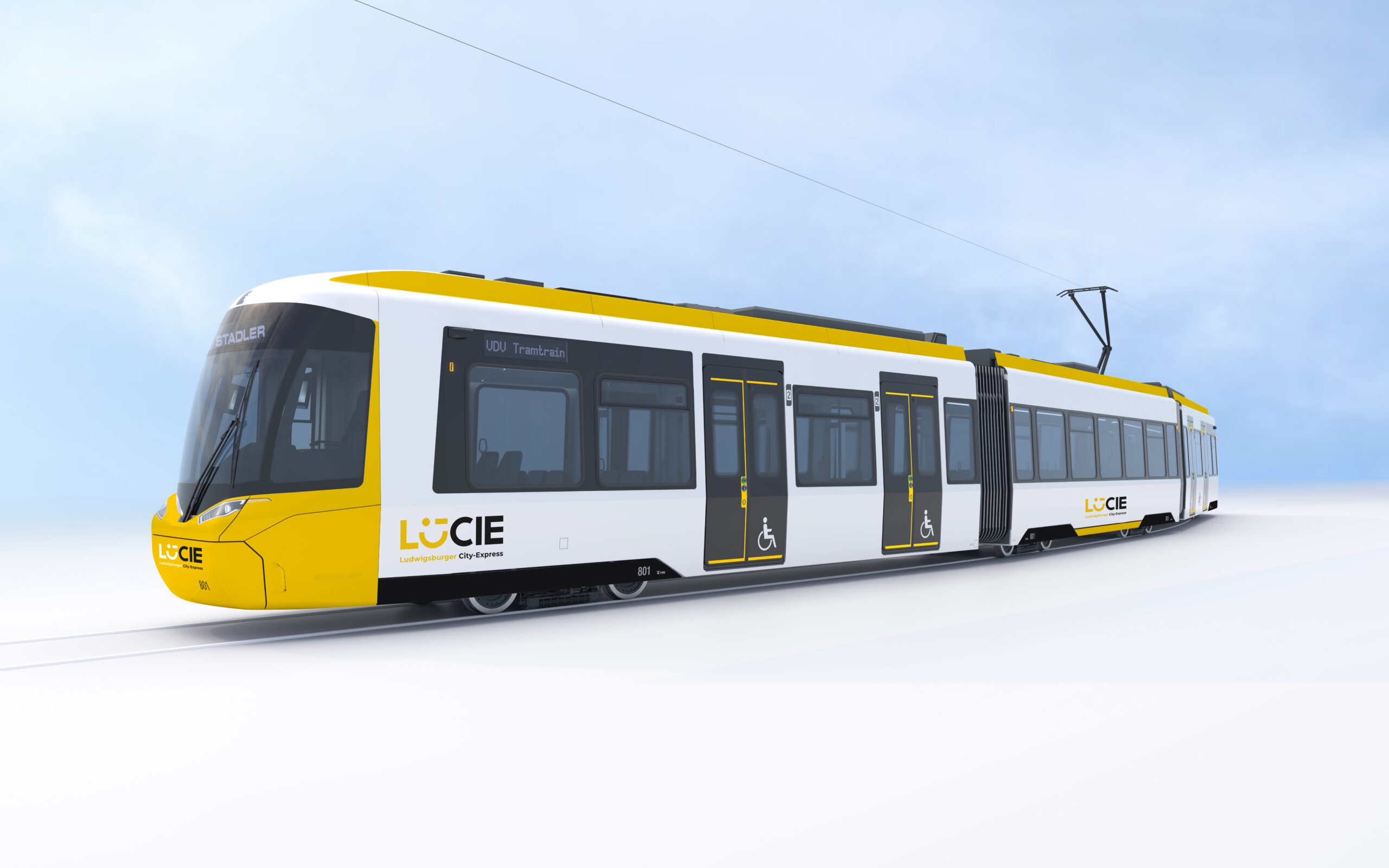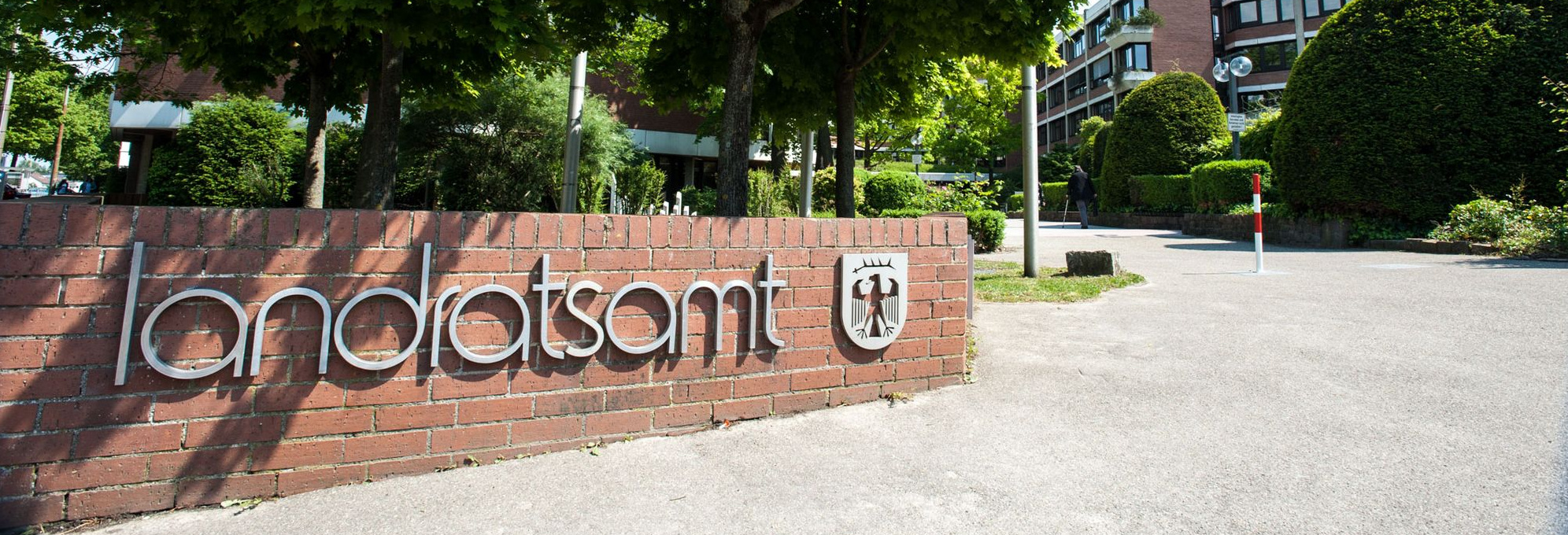The NKI summarizes all calculated benefits and costs of a project in one key figure. Numerous benchmarks are included in the calculation of the NKI, such as the consideration of the infrastructure, the type of operation and the impact on traffic. Proof of eligibilityfor funding from the Municipal Transport Financing Act (GVFG) is provided using the standardized assessment method, also known as benefit-cost analysis. The procedure is updated every few years, whichensures that the assessment always reflects the current state of scientific knowledge and social values. In the last update in 2022, for example, topics such as carbon dioxide emissions, alternative drive systems, the use of transportation space and the accessibility of rural areas were given greater consideration in the process.
"Assessment is always based on the same standards"
"A benefit-cost indicator of over 1.0 proves that the measure makes economic sense. The sum of the benefits is higher than the costs and therefore the measure is generally eligible for funding," explained Stefan Tritschler, Managing Director of Verkehrswissenschaftliches Institut Stuttgart GmbH, in his presentation at the Mandatsträgerforum. "The benefit-cost analysis for the LUCIE light rail system takes into account the specifications of the Federal Ministry of Transport for the evaluation of public transport projects. These guidelines are based on the current state of transport science and specify the steps of an evaluation in detail. This ensures that the evaluation is always carried out according to the same standards - regardless of who implements the measure or which engineering firms are responsible for the planning and evaluation," explained Stefan Tritschler.
Cost increases are already taken into account in the benefit-cost analysis
Cost increases are also taken into account when determining the benefit-cost indicator. Max Bohnet from the expert office Gertz Gutsche Rümenapp Stadtentwicklung und Mobilität GbR, who presented the results of the benefit-cost analysis, said: "A risk buffer of at least 20 percent for unforeseeable cost increases is already taken into account in the benefit-cost analysis."
Benefit-cost factor of the variants examined is over 1.0
For the pre-carriageway operation between Markgröningen and Ludwigsburg station (track 6), the NKI is 1.1. The alternative route, which loops out onto Schlachthofstraße at the signal box and leads to the western exit of Ludwigsburg station, achieves a significantly higher value of 1.6. In the overall network with the connections to Schwieberdingen, Oßweil and Pattonville, the NKI increases from 1.0 to 1.2 with the alternative route. For comparison: For the Neckar-Alb regional urban railroad, NKI values were determined for the inner city route in Reutlingen, which are between 1.0 and 1.2 for the variants under discussion.
Values within the usual range for such projects
"The values are within the usual range for such projects. The variant for the reactivation Ludwigsburg - Markgröningen with looping out at the signal box to Bahnhof West has an NKI of 1.6, which is above average compared to other reactivation projects in the state. The variant with entry into the station, on the other hand, scores below average at 1.1. In principle, it can be stated that it is irrelevant for funding under the GVFG whether the NKI is 1.1 or 1.6. Proof of economic viability is provided with a stable value above 1.0," according to the Baden-Württemberg Ministry of Transport.
Positive effects on traffic
Forecasts show that even in the first expansion stage, around 8,000 passengers will be using LUCIE every day. This corresponds to a shift of around 6.5 million car kilometers to rail every year. This is associated with savings of around 420,000 hours of travel time per year.
"By choosing the right alternative route, we can already reach almost 8,000 passengers per day in the first expansion stage. In addition to the cost-benefit ratio, this figure is particularly important to me - it shows impressively that there is a need for a new means of transport," adds Michael Ilk, Managing Director of the Ludwigsburg district light rail association.










